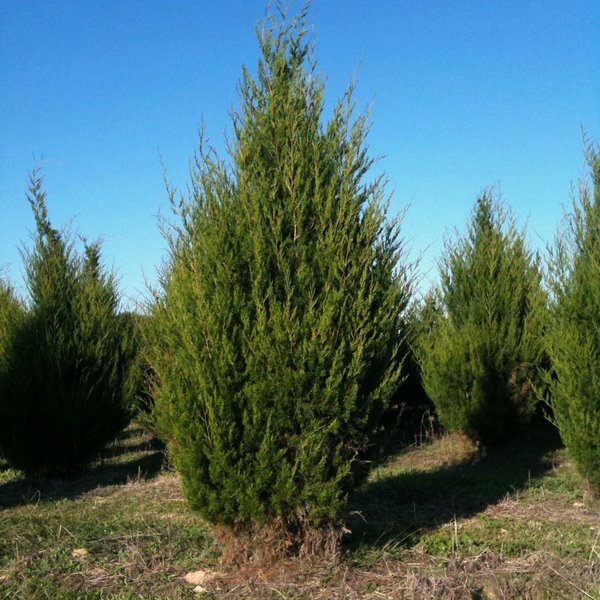Weeds are opportunist! They grow when the conditions are just right for them to germinate and thrive. Some germinate in cool weather some in warm weather. Some weeds just grow no matter what, period. The plant with the little purple flowers that have been showing up in home lawns is called henbit. If you are not sure this is what you have, check the stems. If they are square rather than round, you have henbit. A plant that also is low growing but has round stems and tiny white flowers is chickweed.
Both these plants are winter annuals and start to grow in the fall. They spend the winter as small plants and so most people do not pay much attention to them until they start to flower in the spring. Trying to kill either one at this late stage with a herbicide usually is a waste of time and money. Though plants may be burned back, they will rarely be killed. So what should you do?
Remember, these are winter annuals that will die as soon as the weather turns hot. Keep the lawn mowed until nature takes its course. However, you can do something next fall that will help next spring. Henbit and chickweed usually germinate about mid-October. Spraying with 2,4-D, Weed-B-Gon, Weed Free Zone, Weed Out, or Trimec in late October to early November can go a long way toward eliminating these plants as they are small and relatively easy to control. Choose a day that is at least 50 degrees F so the young plants are actively growing and will take up the chemical.
Spot treating will probably be needed in the spring (March) to catch the few plants that germinate late. Use Weed Free Zone, Speed Zone, Weed Out, Weed-B-Gon, Trimec, or one of the special henbit herbicides early in the spring before they have put on much growth.



